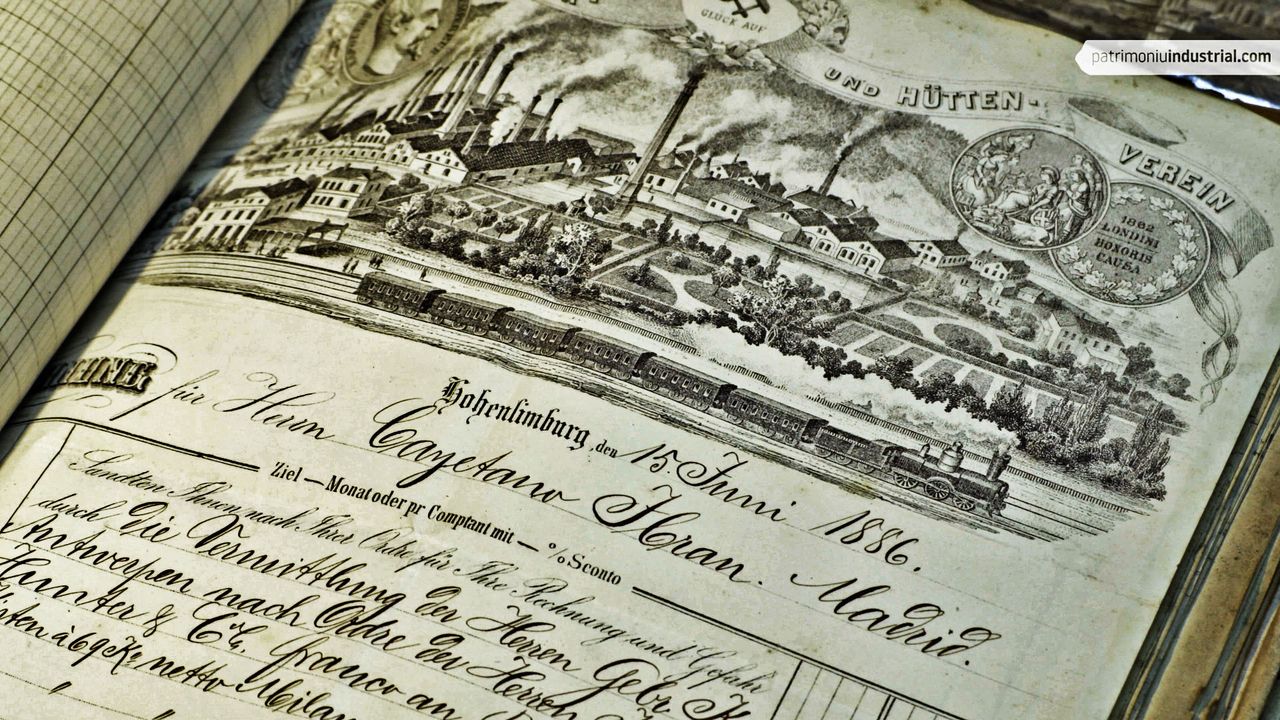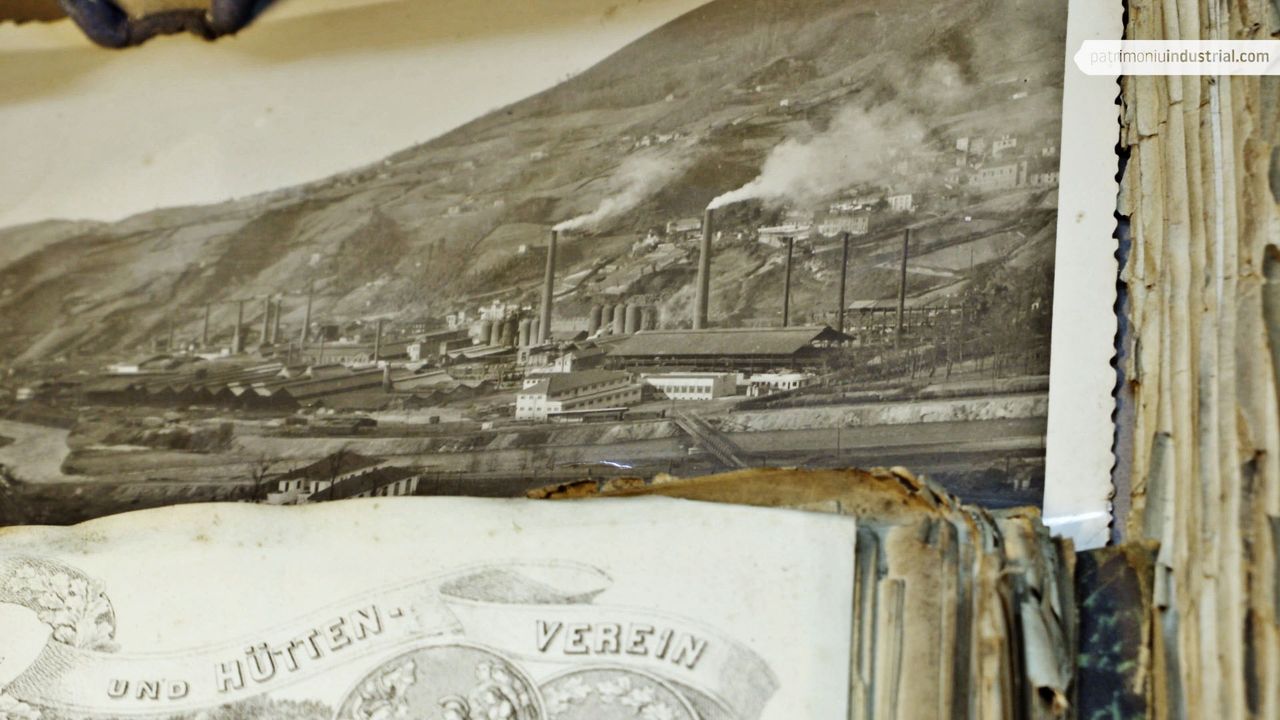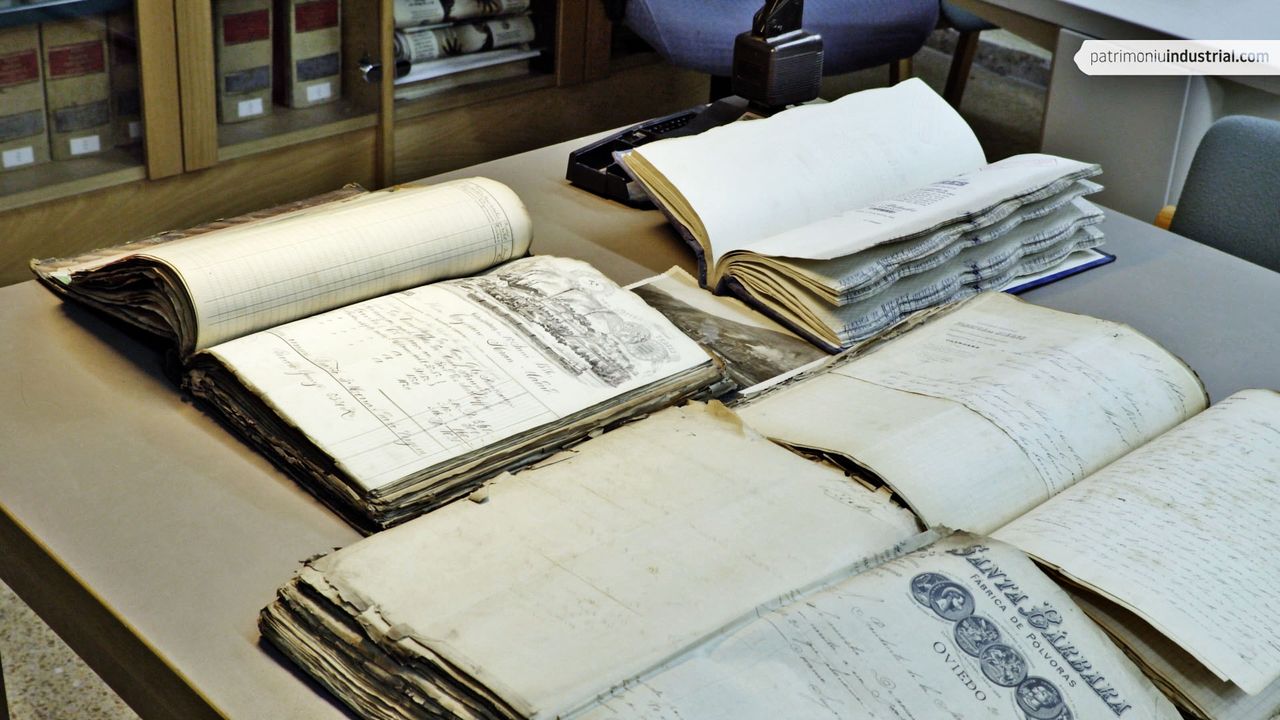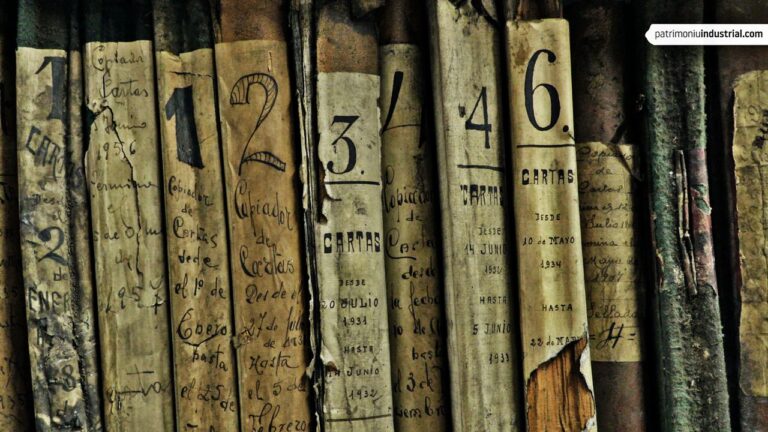Archives
Sociedad Fábrica de Mieres was constituted on March 23rd, 1879 as the direct heir of several companies that had been working in the exploitation of hard coal and the production of iron in the council since the second third of the 19th century. The complex development of its foundation, in which different but short-lived companies succeeded one another, reflects the ever-changing and challenging origins of the Asturian industrialization process. Asturiana Mining Company or Compañía Asturiana de Minas was a pioneer in this field. In 1848, it gave rise to the creation of a factory which later became Fábrica de Mieres. From 1844 to 1849, it was located in Vega de Sueros, between Ablaña and Mieres del Camín. In 1852, a new company was formed, Compagnie Minière et Métallurgique des Asturies, a subsidiary of Grimaldi et Cie. (1852-1865). This in turn gave way to Societé Houillère et Métallurgique des Asturies, whose liquidation in 1870 led to the creation of a new company by its former director, the Société Numa Gilhou (1871-1879). This was known as Sociedad Fábrica de Mieres from 1879 onwards.
Despite this unstable background, Fábrica de Mieres consolidated its activity in the late-19th century as it acquired new assets and mining concessions, mainly in the municipalities of Quirós and Lena. Its success was also encouraged by the development of the transport infrastructures (mainly railways) and the impact of the world war. However, the crisis which had been clearly evident since the end of the 1930s led to its integration into Unión de Siderúrgicas Asturianas, S.A. (UNINSA) in 1961, a company comprising the main Asturian private firms of the sector. At the beginning of the 1970s, UNINSA became part of ENSIDESA, a state-owned iron and steel company, and the Fábrica de Mieres facilities were progressively dismantled following its viability strategy.
The first attempts to include its funds in the municipal archives go back to May 1980, when an advisory opinion issued by the Comisión Informativa de Cultura suggested approaching ENSIDESA to negotiate such a possibility. In 1984, an agreement was reached at a plenary session and something similar was proposed. However, this time it was related to the Loring family, owner of the oldest and most significant part of the funds. However, only a small fraction of the collection, rescued from destruction during the 1990s, ended up being incorporated into the municipal archives.
Since the 1990s, most of the funds are located in the current headquarters of the company, which is located in Gijón. Considering the evolution of the company, some parts of the funds must exist in the archives of the former ENSIDESA and, as far as certain mining concessions are concerned, in the HUNOSA ones as well.
The funds conserved in the Mieres municipal archives are very limited taking into account their volume and their typology. Nevertheless, they offer interesting data on the initial phases of the company development.
The incoming correspondence between 1878 and 1929 (but mainly up to 1894), which is preserved almost completely and constitutes the core of what is kept, provides data on orders and manufacturing processes, and offers an overview of the different national and international customers. The rest of the documentation is purely testimonial: stock certificates (1927-1959), invoices (1882-1888) and Sociedad Caja de Socorros correspondence (1914-1916).
José María Fernández Hevia - Archivo Municipal de Mieres









Recent Comments